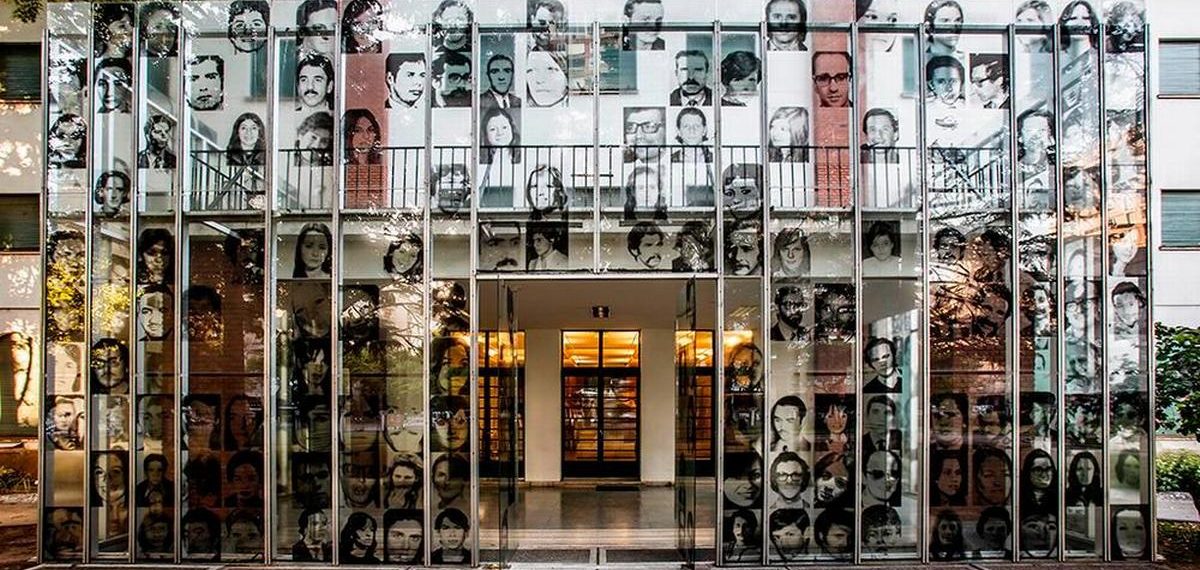Argentina, Rwanda, Belgium and France: these are the countries hosting the new UNESCO sites. We tell them in this month of January in which the Jewish Holocaust is remembered
«Never again! Never again!”. For years the Mothers and Grandmothers of Plaza de Mayo in Argentina have shouted this slogan. No more dictatorship, murders, torture, violence, disappearances. No more cruelty. And no more complicit silences. That cry has today become a shared memory and heritage of humanity, thanks to the inclusion of the former Naval Mechanics School (Esma) in the list of UNESCO sites. What was a torture center during the 1976-1983 dictatorship and which had already been transformed into a Museum of Memory in 2015 has also become a universal symbol of a past to be known and not repeated since last September. He’s not the only one. In fact, UNESCO has also recognized the funerary and memorial sites of the First World War (Western Front) on the border between France and Belgium and four symbolic places of the 1994 Rwandan genocide.
«Memorial Sites are places where events occurred that a nation and its population, or some communities, wish to commemorate. These sites – according to the auspices of UNESCO – become places of reconciliation, contemplation and peaceful reflection. Their inclusion on the World Heritage List makes them part of our shared global heritage and recognizes their role in the peace process.”
This is what happened in Argentina, where for decades the Mothers and Grandmothers of Plaza de Mayo have carried out actions of struggle and non-violent resistance against the dictatorship, through their constant presence, every Thursday, since 1977, around the Pyramid de Mayo, with their white handkerchiefs on their heads and their tireless search for missing children, grandchildren, husbands and family members. «The joy of the youth who attend this ceremony is mixed with the sadness for the many who are absent and whose fate is not even known», underlined the president of the Grandmothers of Plaza de Mayo, Estela de Carlotto, on the occasion of the celebrations held in Buenos Aires for the UNESCO recognition. A recognition which – de Carlotto remarked – goes more globally to “the policies of human rights and the democratic pacts built by our people, during these forty years of democracy, the longest period without oppression in our history”. But it is also a warning that “Nunca más!” shouted for so many years will not be disregarded again today.
Memory and present, past and future are also closely intertwined in another event that UNESCO has brought to attention thirty years later: the Rwandan genocide. A wound still open in a country that has made many important steps forward, but not necessarily in the reworking of that organized madness which in just over a hundred days, between April and July 1994, led to the death of over 800 thousand people, largely part of the ethnic group tutsi.
There are four recognized commemorative sites: Murambi, Gisozi, Bisesero and Nyamata. In the latter town, about thirty kilometers south of Kigali, the memorial is located in a former Catholic church where one of the worst massacres took place: the remains of around 50 thousand victims are preserved there. The same number are buried in the Murambi memorial complex, in a former technical school which was the scene of a terrible massacre, while 40,000 are found in the center of Bisesero, where people resisted for two months before being exterminated. Finally, on the Gisozi Hill is the memorial to the capital Kigali, where the remains of over 250 thousand people are buried. «The inscription of these places in the UNESCO List increases their international visibility and honors the memory of the victims – declared Minister Jean Damascène Bizimana, who pointed out that they also represent the first sites of memory in Africa -. This recognition strengthens the fight against genocide denial and will serve to educate current and future generations.” Rwanda has done great work to conserve these sites and make the memory they preserve accessible, but not as much in promoting social cohesion, even if there is no shortage of grassroots experiences that continue to advance processes of reconciliation and peaceful coexistence.
After all, it is a “lesson” that even the peoples of Europe have not yet learned despite centuries of wars, massacres and violence, which still today, however, are perpetuated in Ukraine or which risk exploding again beyond the Adriatic in the Balkans . To commemorate the enormous loss of human life during the First World War, a series of places along the Western Front, where German and Allied forces fought between 1914 and 1918, have also been included among the UNESCO heritage sites Located between Northern Belgium and Eastern France, they include large necropolises, with the remains of tens of thousands of soldiers of different nationalities, small graveyards, individual memorials, but also hospital and military cemeteries.
